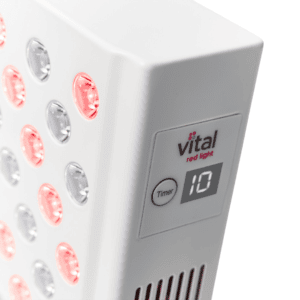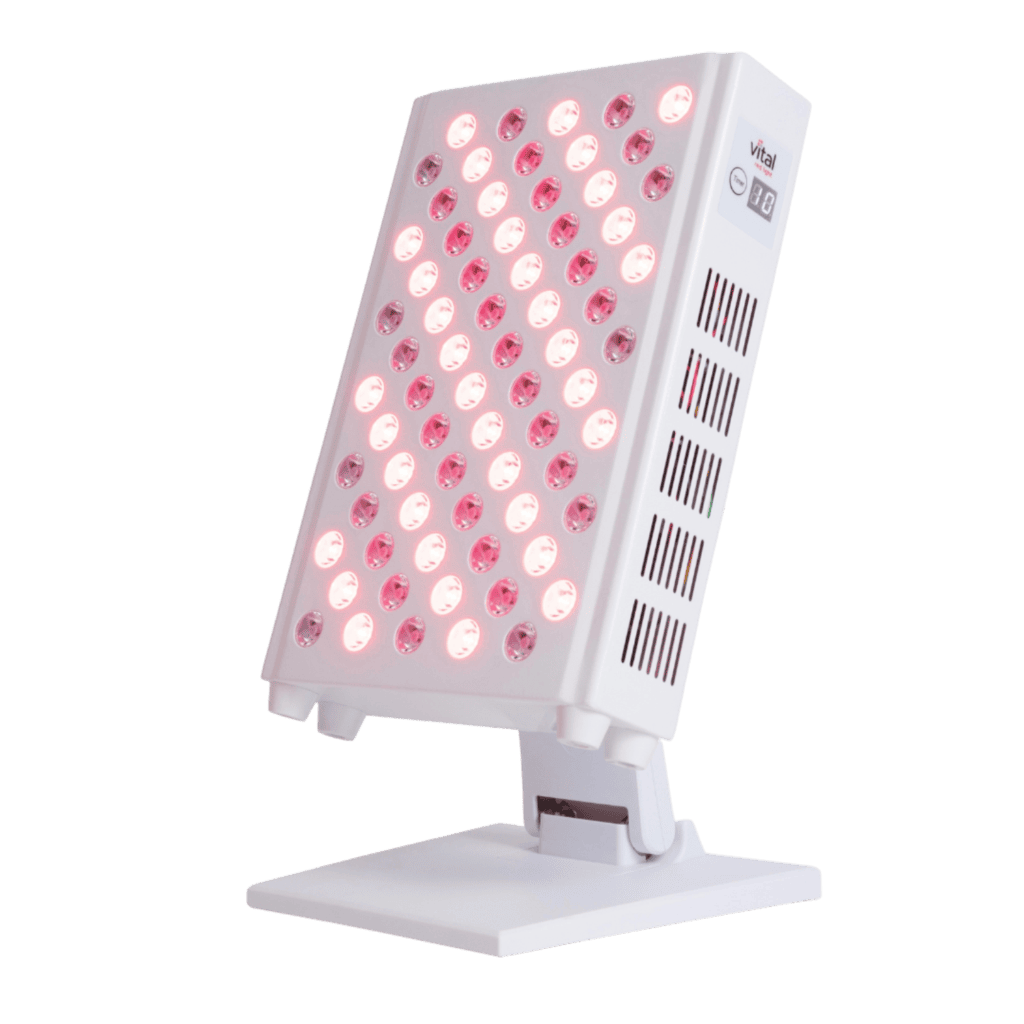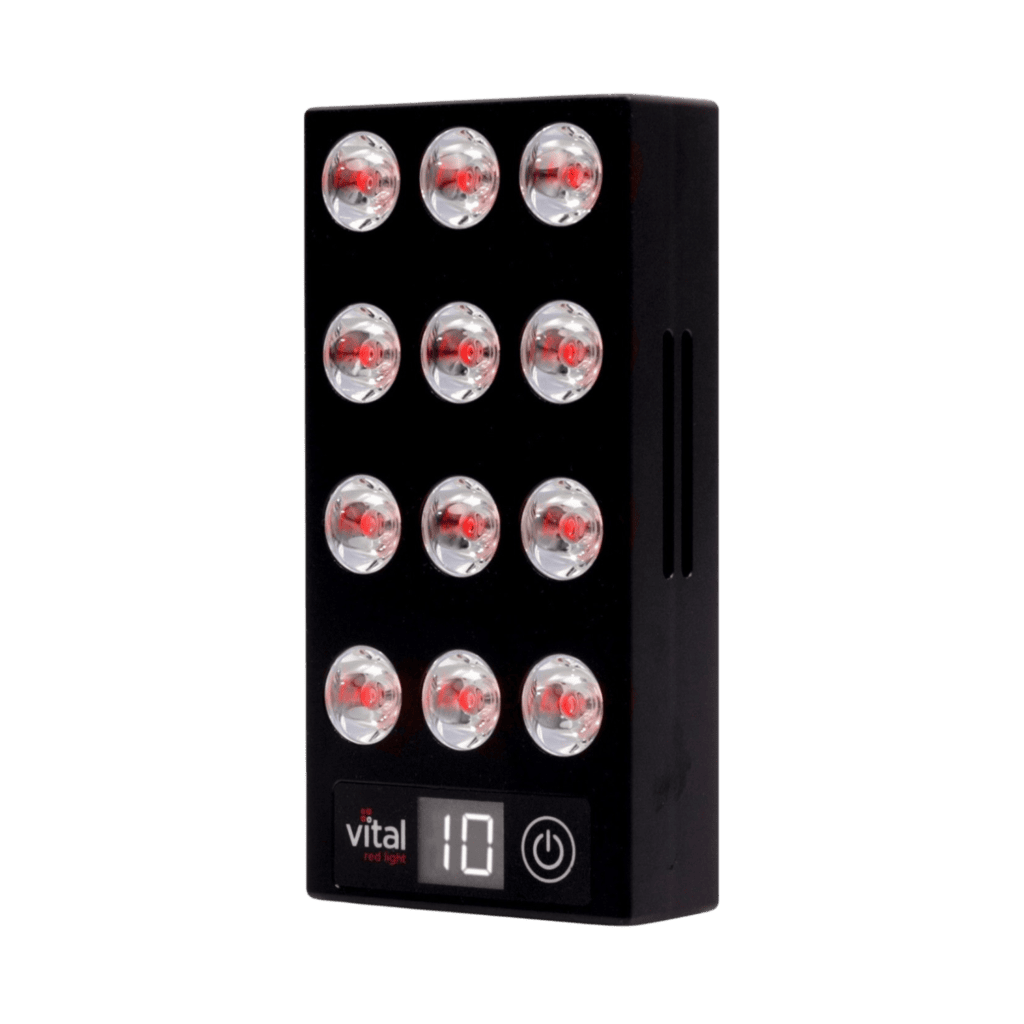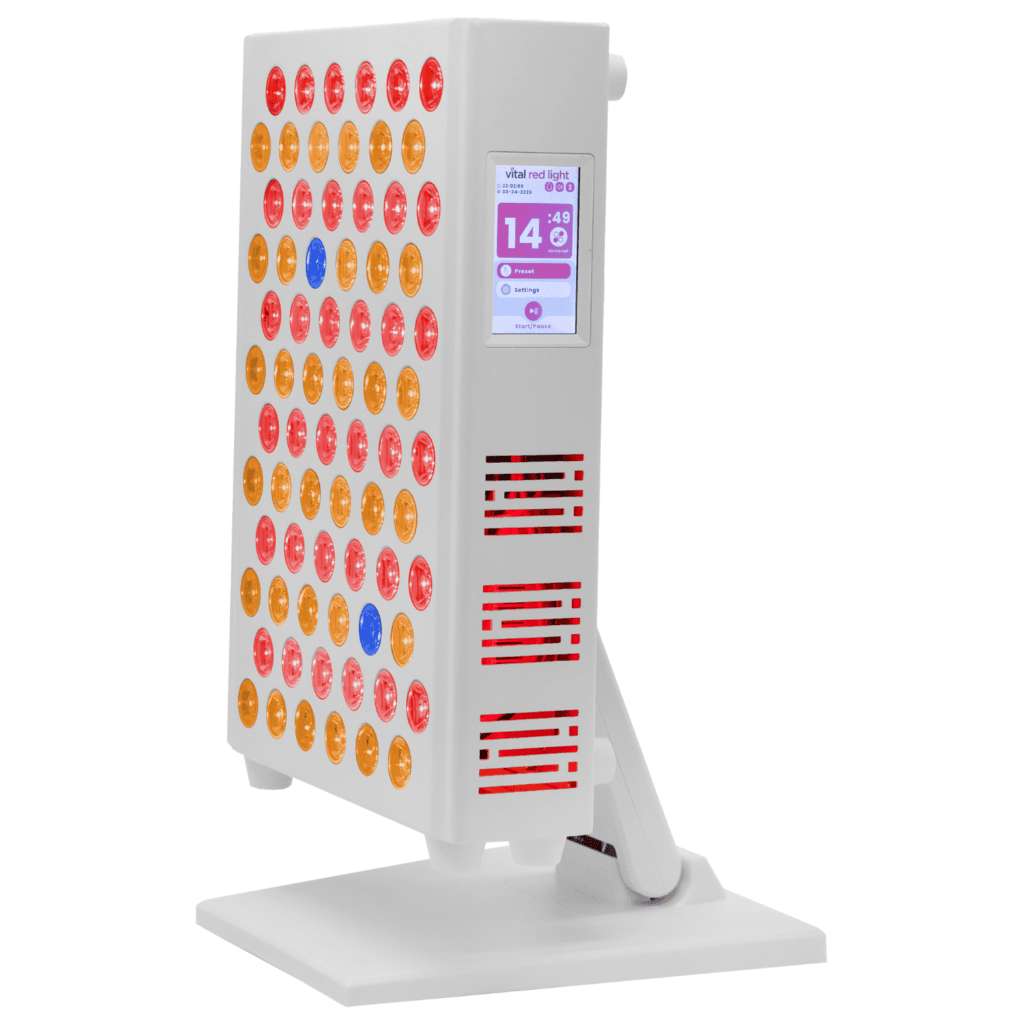How To Cure Brain Fog With Red Light Therapy
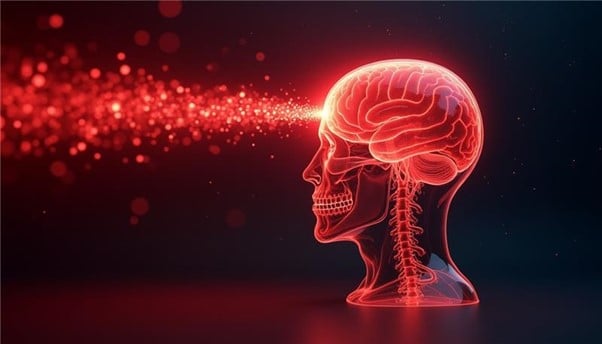
Your brain has over 86 billion neurons. These remarkable cells respond to specific wavelengths of light that can boost their function.
Red light therapy has become a promising non-invasive technique for brain health. The treatment uses specific wavelengths between 630-850 nanometers that penetrate brain tissue. Research spanning decades shows how certain light frequencies interact with brain cells to boost energy production and repair cells.
Scientists have found that red light therapy impacts your brain in multiple ways. The therapy increases blood flow and stimulates mitochondrial function. You might want to boost your cognitive abilities or look for therapeutic options. Red light therapy for brain health could create new possibilities for neural optimization. The science behind this therapy, optimal wavelengths for brain treatment, specific application techniques, and evidence-based benefits for cognitive function will be covered in this piece.
Understanding Light Wavelengths: How To Cure Brain Fog
Light therapy can boost brain function through specific wavelengths that penetrate your skull and reach neural tissue. Your results depend on understanding these wavelengths.
Optimal wavelength ranges for brain stimulation
Brain stimulation works best with wavelengths between 600 to 1100 nanometers (nm). Scientists call this range the “optical window” because it allows light to penetrate brain tissue effectively. Two wavelengths stand out with exceptional results:
- 810 nm: Scientists use this wavelength most often because mitochondria absorb it perfectly
- 1064 nm: This wavelength proves especially powerful for cognitive improvements
Penetration depth and tissue interaction
Light therapy’s effect on your brain depends on penetration depth. Near-infrared light reaches 2 to 7 centimeters into body tissues. Several factors affect how deep the light goes:
- Wavelength length (longer wavelengths reach deeper)
- Tissue type and density
- Power density (best results: 75-200 mW/cm2)
Comparing red and near-infrared wavelengths
Near-infrared light outperforms red light for brain enhancement. Red light (630-670 nm) reaches only 0.5 to 1 mm, while near-infrared wavelengths (780-940 nm) penetrate 2 mm before losing 37% intensity. The 810 nm wavelength works exceptionally well because hemoglobin and water absorb less of it. This makes it perfect for transcranial use.
Research shows pulsed infrared light penetrates better than continuous waves. Pulsed light maintains 13.8% of power density through 2 mm of skin, compared to 8.6% with continuous waves. This improved penetration helps target deeper brain structures more effectively.
Mechanisms of Neural Photobiomodulation
Red light therapy creates a fascinating chain of biological responses in your brain cells. Your neurons contain a vital cellular component called cytochrome c oxidase that interacts with specific wavelengths.
Cellular response to light therapy
Your brain cells use a precise photochemical mechanism to respond to light therapy. Light wavelengths between 600-900 nm activate cellular chromophores in your neurons and increase electron transport activity. This activation brings multiple benefits:
- Better cellular metabolism
- Stronger anti-inflammatory responses
- Better neuroprotective factors
- Active anti-apoptotic mechanisms
Mitochondrial function and ATP production
The most important effect happens in your cellular powerhouses – the mitochondria. Red light therapy boosts ATP production by up to 50% in brain tissue. This energy boost occurs because the light helps your cells’ respiratory chain release inhibitory nitric oxide. Your mitochondria’s membrane potential increases and glucose metabolism becomes more intense.
Blood flow and neuroplasticity effects
Red light therapy improves your brain’s blood flow through multiple pathways. Nitric oxide release acts as a powerful vasodilator. Your brain cells get more oxygen and nutrients from this increased blood flow. On top of that, it gets more blood vessels through increased growth factor expression.
Better cellular energy and blood flow help your brain create new neural connections – its neuroplasticity. Studies show increased regional cerebral blood flow in brain areas that previously underperformed. Brain scans reveal these improvements last for 1-4 weeks after completing the treatment.
Brain Wave Modulation Techniques
Light therapy’s effect on your brain waves creates new ways to boost cognitive function. Your brain generates several types of electrical activity that connect to different mental states:
- Alpha waves (8-12 Hz): Show up when you feel relaxed but alert
- Beta waves (12-30 Hz): Appear during focused attention
- Theta waves (4-8 Hz): Emerge during deep meditation
- Delta waves: Show up mostly in deep sleep
- Gamma waves (30-100 Hz): Connect to high-level cognitive processing
Types of brain waves affected
Red light therapy mostly affects your brain’s alpha and gamma wave patterns. Studies show that 810 nm wavelength light boosts alpha wave power in your brain’s posterior region by a lot. This increased alpha activity helps you stay relaxed while keeping your mind alert.
Frequency-specific targeting methods
Your brain reacts differently to light pulsing frequencies. Research shows that 40 Hz stimulation makes gamma wave activity stronger, and 10 Hz pulsing boosts alpha waves to improve creativity and stress management. Light color plays a role too – red and white lights create stronger gamma oscillations than green or blue wavelengths.
Synchronization protocols
The right timing and intensity make brain wave synchronization work best. Studies show that 15-minute sessions create effects that last up to 15 minutes after treatment. Light therapy devices work best at 700-400 cd/m² intensity. This specific mix of timing and intensity helps create steady brain wave patterns and boosts cognitive function.
Clinical Applications and Benefits
Scientists have discovered fascinating ways red light therapy helps brain-related conditions of all types. Your brain responds to specific wavelengths between 600-1100 nm, which creates new possibilities to improve cognitive function and therapeutic treatments.
Cognitive performance enhancement
Red light therapy boosts your cognitive abilities in several ways, according to clinical studies. People who received 810-850 nm wavelengths showed these improvements:
- Better executive function and memory recall
- Faster processing speed and longer attention span
- Higher mental efficiency during complex tasks
- Improved verbal learning abilities
Neurological condition management
Targeted light therapy helps unlock your brain’s healing potential. Research with 810 nm wavelength has produced promising results. Patients who had traumatic brain injury experienced better brain volume and smoother brain connectivity. Light therapy helped people with Alzheimer’s and dementia by slowing cognitive decline and improving their memory and attention. The treatment also helped manage Parkinson’s disease symptoms effectively when used with other therapies.
Mental health applications
Your brain responds well to specific wavelengths that support mental health. Studies using 670-850 nm light showed notable improvements in depression symptoms. The treatment increases serotonin production and changes brain activity patterns. Patients who received regular treatments slept better and felt less anxious. Light therapy combined with traditional treatments also worked better for many psychological conditions.
The success of these treatments depends on choosing the right wavelength and following proper protocols. Your results may vary based on how long each session lasts, which wavelength you use, and how regularly you get treatments.
Conclusion
Red light therapy is a powerful tool that enhances brain function, with strong scientific evidence to support it. Your brain shows remarkable response to specific wavelengths. The 810nm range reaches deep into neural tissue and allows optimal absorption by mitochondria.
This piece taught you several important things:
- Light wavelengths from 600-1100nm create an “optical window” that stimulates the brain
- Near-infrared light sparks cellular responses and boosts ATP production up to 50% in brain tissue
- Different brain waves respond to specific frequencies like 40 Hz and 10 Hz to improve cognitive function
- Doctors use it to enhance cognition, treat neurological conditions, and improve mental health
Research continues to verify that red light therapy works for many brain-related conditions. Studies demonstrate major improvements in memory recall, processing speed, and executive function. Red light therapy improves blood flow, boosts mitochondrial function, and promotes neuroplasticity. These benefits make it valuable for optimizing brain performance.
The science shows red light therapy‘s potential as a treatment and cognitive enhancement method. Understanding these wavelengths and their uses helps you make informed decisions about treatment, whether you want better mental performance or help with
FAQs
Q1. What wavelengths are most effective for red light therapy on the brain?
The most effective wavelengths for brain stimulation fall within the 600 to 1100 nanometer range. Specifically, 810 nm is widely used for various brain conditions, while 1064 nm has shown particular effectiveness for improving cognitive function.
Q2. How does red light therapy affect brain cells?
Red light therapy stimulates brain cells by activating cellular chromophores, which leads to increased electron transport activity. This results in enhanced cellular metabolism, improved anti-inflammatory responses, and increased production of neuroprotective factors.
Q3. Can red light therapy improve cognitive performance?
Yes, studies have shown that red light therapy can enhance cognitive abilities. Using wavelengths between 810-850 nm, participants have demonstrated improvements in executive function, memory recall, processing speed, attention span, and verbal learning capabilities.
Q4. How deep can red light penetrate into brain tissue?
Near-infrared light, which includes wavelengths used in red light therapy, can penetrate 2 to 7 centimeters into body tissues. The exact depth depends on factors such as wavelength length, tissue type and density, and power density of the light.
Q5. Are there any mental health benefits associated with red light therapy?
Research has shown that red light therapy using wavelengths between 670-850 nm can lead to significant improvements in depression symptoms. It has also been associated with reduced anxiety levels and improved sleep quality. The therapy works by increasing serotonin production and modulating brain activity patterns.


The Hidden Cost of Instant Gratification and How to Break Free



